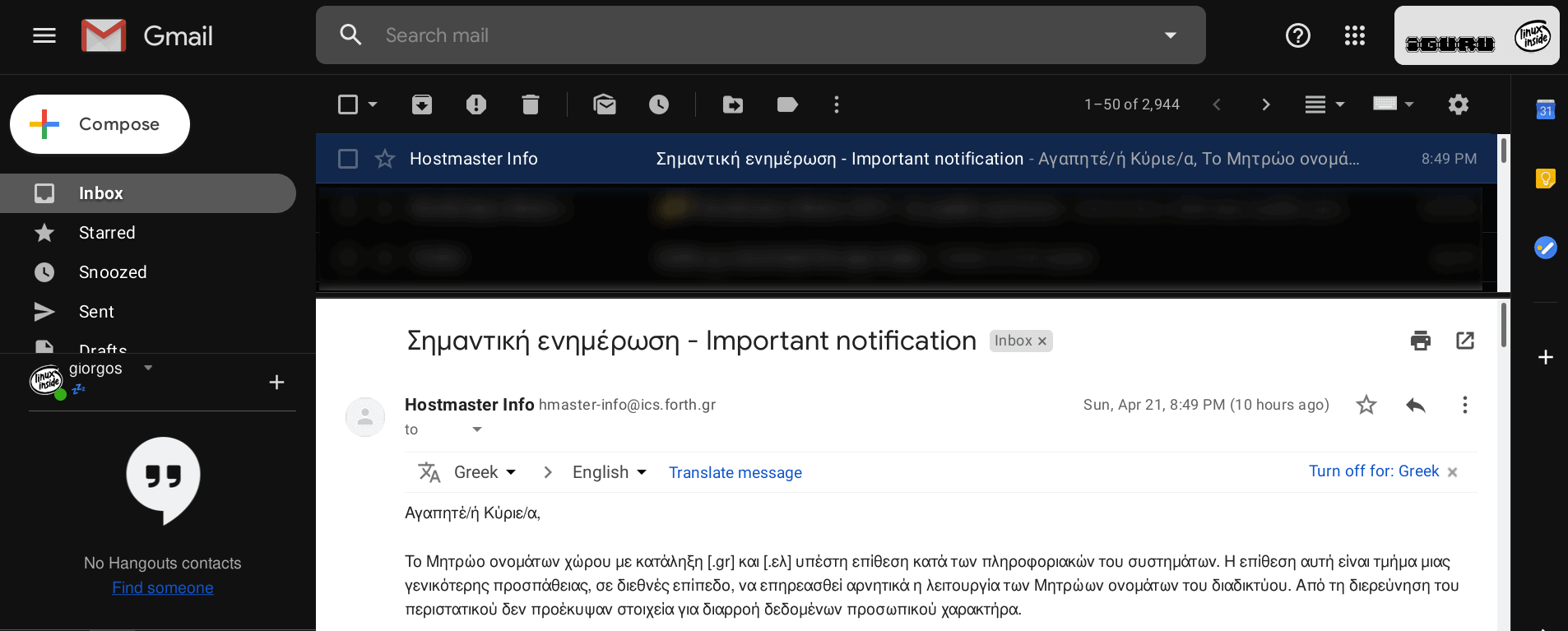Gmail has a hidden preview panel that shows you a double window view of your emails, just like Outlook or other programs email.
Below we will see how to enable it in your browser and how to select a horizontal or vertical view.
Sign in in Gmail and click on the settings gear. Then click on "Settings".
Select the "Advanced" tab.
The Preview Window option is down. Select "Activate" and click on "Save Changes".
You will be returned to the Inbox, where a new "Toggle Split Mode" button will appear next to the "Settings" button.
The name is railway and from now on we will refer to it simply as a "Preview toggle" button.

If you do click in the arrow next to the toggle preview button you can choose the direction of the preview window (vertical or horizontal).
Vertical split means that the preview window opens on the right side of the screen, and your messages are on the left as shown in the image above.
This is more useful if you have a large screen. The "split" feature means that the preview window opens at the bottom of your inbox, with emails appearing at the top.
This particular mode (look) is for those who have a square screen. But whatever you prefer, you can move the preview window, left or right, or up and down to bring it to your feet.
Once you've selected your preferred split mode (vertical or horizontal), you can click the Select Preview button to toggle the display. Of course if you want to catslowto disable the preview option completely, you should go back to Settings > Advanced and turn the feature off.
_________________
- Google Drive bypass to Download Limit
- .NET Framework 4.8 online and offline installers
- Seven alternatives of Google Maps that you have not heard










